Boat Terms: Essential Terminology for Beginners and Enthusiasts
Boating is an exciting and diverse activity that attracts many enthusiasts from all walks of life. With so many different types of boats and water adventures to enjoy, it's important for those who wish to participate, to familiarize themselves with essential boat terms. Being knowledgeable about the nomenclature and terminology can help ensure safety, facilitate effective communication, and enhance your overall enjoyment of the water.
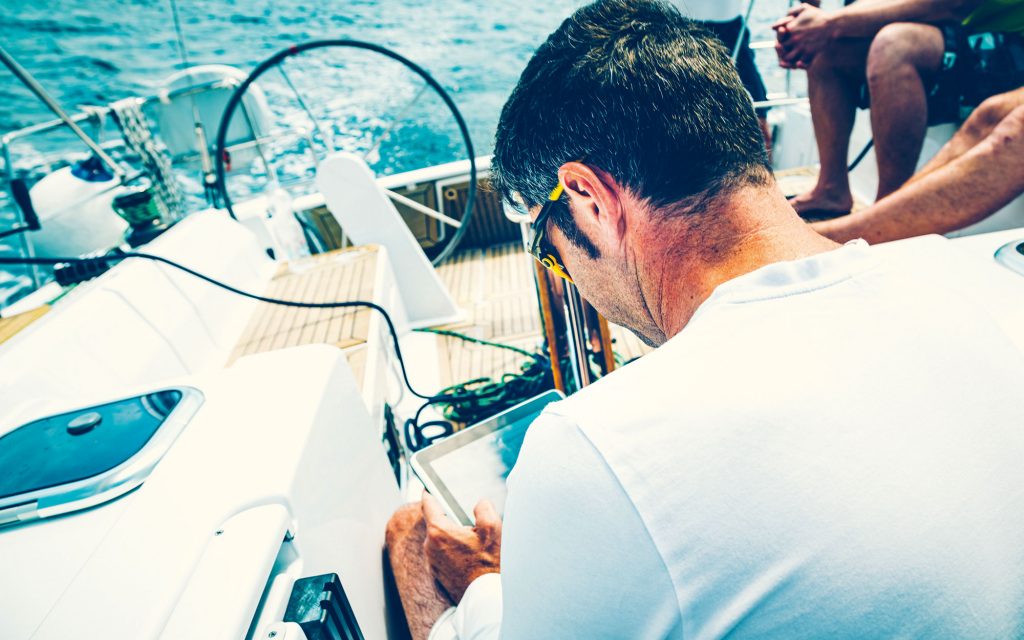
As a beginner or an experienced boater, it's important to recognize basic terms related to boat types, their parts, and the ways they move. This will allow you to communicate efficiently and precisely with other boaters, and understand instructions and warnings. Furthermore, understanding maritime communication and other miscellaneous boat terms can provide a comprehensive vocabulary that makes navigating the waters an exciting and fulfilling experience.
Key Takeaways
- Familiarity with boat terms is crucial for safety and effective communication in the boating world.
- Learning basic terms related to boat types, parts, and movement is essential for both beginners and experienced boaters.
- Expanding your boating vocabulary with maritime communication and miscellaneous terms enhances your overall enjoyment of the water.

Understanding the Boat: Basic Terms
Boating can be an exciting and rewarding activity, but understanding basic nautical terms is essential for effective communication and safety on the water. In this section, we will cover some essential terms and their meanings to help you become more confident and knowledgeable on your boating journey.
Bow and Stern
The bow refers to the front of the boat, while the stern is the back. Understanding these terms is crucial for navigation and determining the direction of the boat.
Port and Starboard
Port and starboard are terms used to indicate the left and right sides of the boat, respectively, when facing in the direction of the bow. Port is the left side, and starboard is the right side. Familiarizing yourself with these terms helps with clear communication when maneuvering the boat.
Aft and Forward
Aft and forward are relative directions on a boat. Aft refers to the rear or back of the boat, while forward means the front or towards the bow. These terms are often used when describing the location of specific areas, equipment, or people on the boat.
Helm and Wheel
The helm is the area where the boat is controlled, typically including instruments and controls such as the steering mechanism, throttle, and compass. The wheel is the device used to steer the boat, similar to a car's steering wheel. However, on some boats, the steering mechanism may be a tiller instead. The person controlling the helm is often referred to as the "helmsman."
Deck and Hull
The deck is the exterior surface of the boat, usually consisting of a flat, horizontal surface that people can walk on. The hull is the main body of the boat, which provides buoyancy and keeps the vessel afloat. The hull shape and design are essential factors affecting the boat's performance and stability.
Cabin and Head
Cabin refers to the interior living space of a boat, often consisting of sleeping quarters, seating areas, and other amenities. The head is the nautical term for the boat's bathroom, which may include a toilet, sink, and shower facilities.
Cockpit and Galley
The cockpit is the area on the boat where the crew can sit, and it's often where the helm is located. The cockpit may have seating and be located either at the bow or stern of the boat. The galley is the boat's kitchen area, where food is prepared and stored. The galley may consist of appliances like a stove, oven, refrigerator, or sink, depending on the boat's size and design.
By familiarizing yourself with these basic boat terms, you can improve your understanding and communication while out on the water, ensuring a safe and enjoyable boating experience.
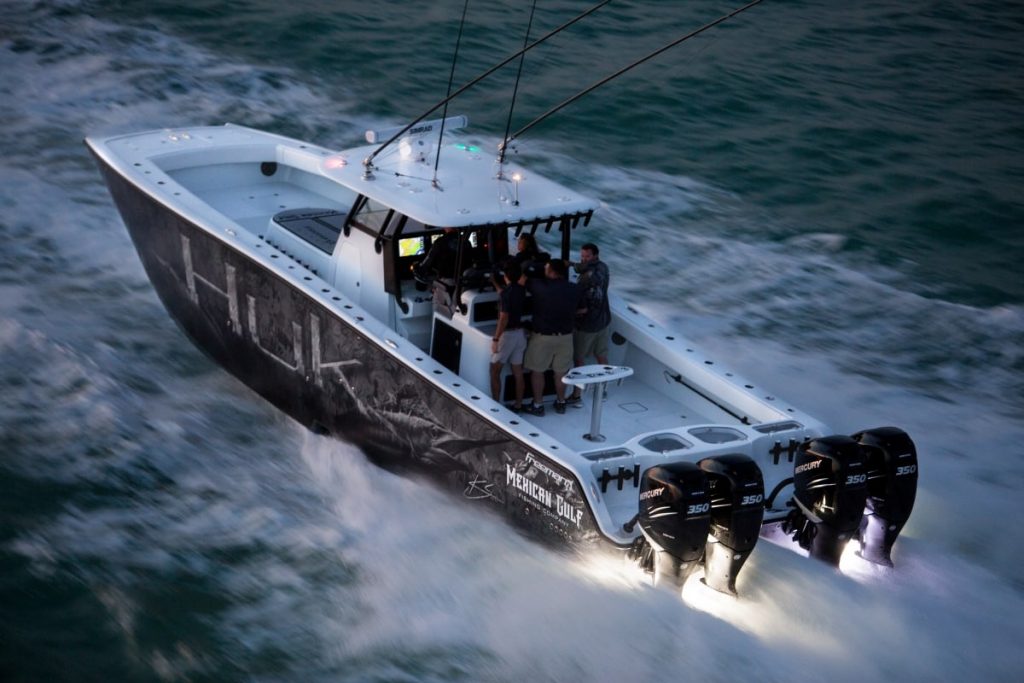
Boat Types
Powerboat
Powerboats are versatile and designed for different activities such as fishing, water sports, and cruising. They come in various sizes and styles, with engine types ranging from outboard motors to inboard engines. Some popular powerboat categories include bass boats, ski boats, and cabin cruisers. These boats provide a thrilling experience, combining speed and efficiency with a comfortable ride.
- Bass Boats: Designed specifically for bass fishing, they feature shallow drafts, trolling motors, and ample deck space for casting and gear storage.
- Ski Boats: Equipped with powerful engines for towing water skiers and wakeboarders, these boats have a sleek design and impressive speed capabilities.
- Cabin Cruisers: Offering more luxurious amenities, cabin cruisers are perfect for extended trips as they often include sleeping quarters, a small galley, and restroom facilities.
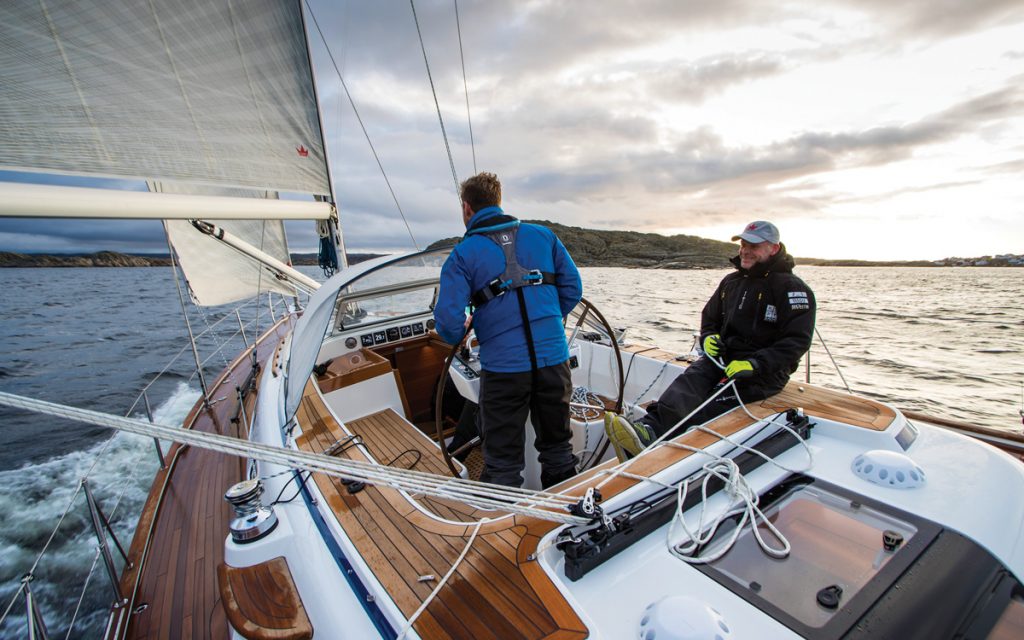
Sailboat
Sailboats rely on wind power and come in various sizes and designs, catering to both recreational and competitive sailing. They can be dinghies, day sailors, or larger ocean-going sailboats. Sailboats grant a serene and more eco-friendly boating experience, appealing to those who enjoy connecting with nature and the water.
- Dinghies: Small, lightweight boats often used as lifeboats or for short trips near the shore.
- Day Sailors: Larger than dinghies, these boats are suitable for day trips and coastal cruising, usually accommodating 4-6 passengers.
- Ocean-Going Sailboats: Designed for long-distance sailing and larger crews, these sailboats offer comfort, safety, and impressive features such as navigation and communication systems.
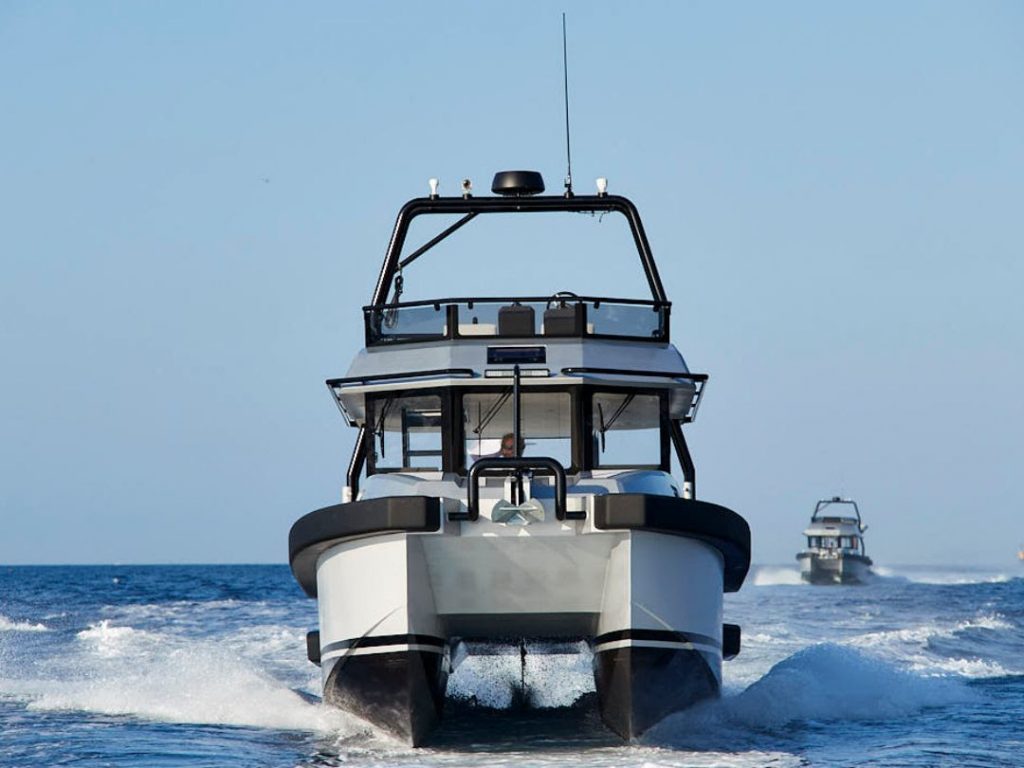
Catamaran
Catamarans are unique in their design, featuring two parallel hulls connected by a central platform or deck. They can be both power or sail driven. Known for their stability and spaciousness, catamarans are popular choices for cruising, chartering, and long-distance voyages. The dual-hull design significantly reduces the heeling effect, providing a more stable and comfortable ride.
- Power Catamarans: Combining the speed and power of motorboats with the stability and space of catamarans, these boats are suitable for various activities such as fishing, cruising, and water sports.
- Sailing Catamarans: Suitable for those who prefer wind power and the tranquility of sailing, these boats offer spacious accommodations, making them ideal for extended voyages and larger groups.
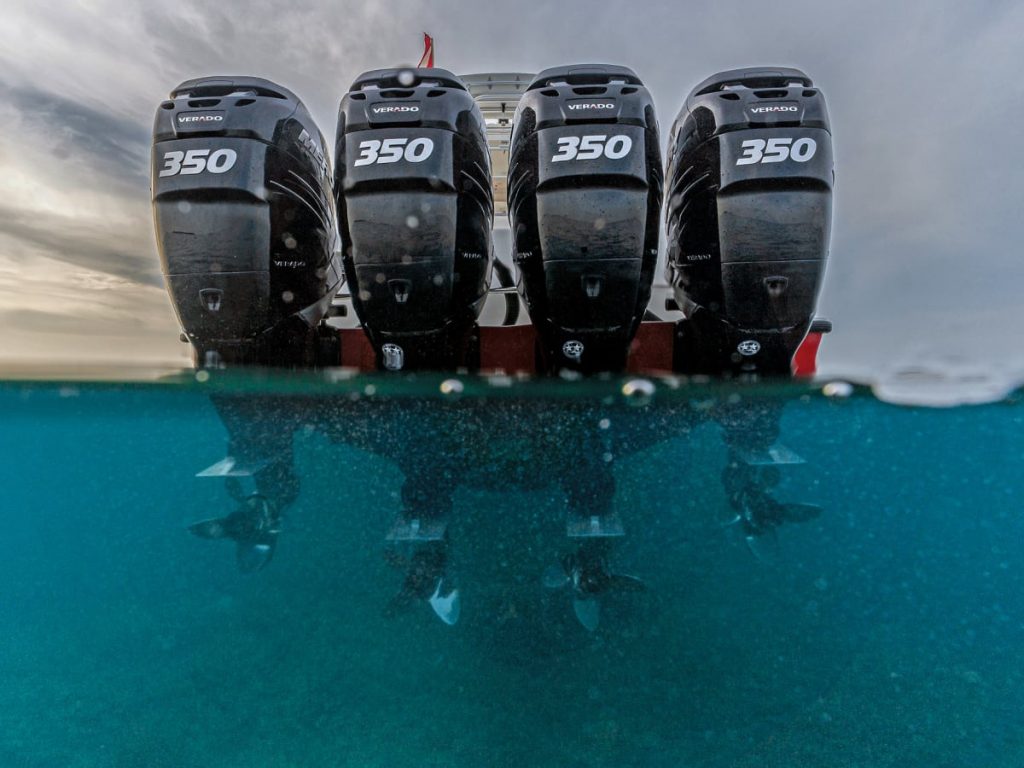
Parts of a Boat
Outboard Motor
An outboard motor is a propulsion system for boats, consisting of a self-contained unit that includes an engine, gearbox, and propeller. It's mounted on the boat's stern, providing both power and steering. They come in varying sizes and can be used on various types of vessels.
Bilge
The bilge is the lowest internal part of a boat's hull. It's where water tends to collect, and often where bilge pumps are installed to remove excess water. Keeping the bilge clean and free of debris is essential for maintaining a healthy, functional vessel.
Keel
The keel is a boat's backbone, providing structural stability and helping the vessel maintain its balance in the water. It extends from the bow to the stern, underwater along the centerline of the hull, and can be a simple fin or a more elaborate structure on larger boats.
Fender
A fender is a cushioning device used to protect a boat's hull from damage when docking or coming into contact with other vessels. They can be made from various materials, such as rubber or foam, and come in different shapes and sizes. Fenders are essential for preventing damage and maintaining a boat's integrity.
Transom
The transom is the flat, vertical surface at the rear of a boat, forming part of the stern. It's an essential structural component that supports the outboard motor and reinforces the overall boat structure.
Gunwale
The gunwale is the upper edge of a boat's side, extending from the bow to the stern along the top of the hull. It provides strength and rigidity to the vessel, and together with the hull, helps keep water out of the boat.
Beam and Waterline
The beam refers to the width of a boat at its widest point, typically near the midsection. It's an essential measurement when considering a boat's stability and interior space. The waterline is the point on a boat's hull where it sits in the water when fully loaded. Together, the beam and waterline are crucial factors in a boat's overall performance and handling characteristics.
Tiller
A tiller is a lever or handle used for steering some boats, typically smaller ones like sailboats or rowboats. It's connected to the boat's rudder and allows the person at the helm to control the boat's direction by turning the tiller left or right. A tiller offers a simple, effective method of steering for vessels that don't require a more complex steering system.
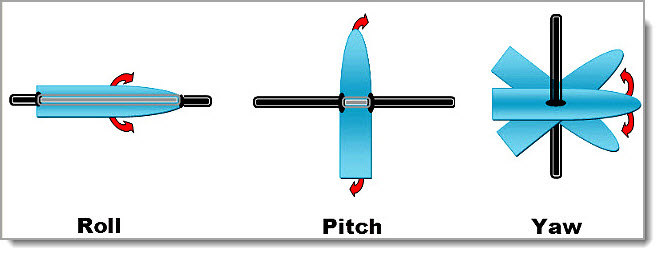
Boating Terms Related to Movement
Balance and Trim
Balance and trim refer to the stability and distribution of weight in a boat. Trim is the angle of the boat in the water, influenced by the distribution of weight on board. Proper trim ensures optimal performance, speed, and fuel efficiency. A boat with good balance has an even distribution of weight, resulting in a comfortable and safe ride. It is essential for boaters to adjust their weight placement and maintain proper trim while navigating.
Course and Bearing
Course and bearing are essential terms in boat navigation. The course of a boat is the intended direction it is traveling, usually expressed in degrees from the true north. Bearing is the angle between a boat's position and a specific point or destination, also measured in degrees from true north. Accurate plotting of course and bearing aids in smooth navigation and avoids potential hazards.
Heel and Drift
Heel refers to the inward leaning or tilting of a boat, caused by wind, waves, or weight distribution. When a boat heels, the underwater hull shape changes, affecting performance and speed. Drift, on the other hand, is the sideways movement of a boat due to wind, currents, or other external forces. Accurate understanding of heel and drift ensures the right corrective measures are taken to maintain a proper course while sailing.
Leeward and Windward
Leeward and windward are directions relative to the wind and location on a boat. Windward refers to the direction from which the wind is blowing, while leeward is the direction toward which the wind is blowing. When sailing, a boat's position concerning the wind is crucial for maneuvering and maintaining speed. Navigating with the wind on the leeward side can result in a quicker run, while sailing into the wind offers more control over the boat's movement.
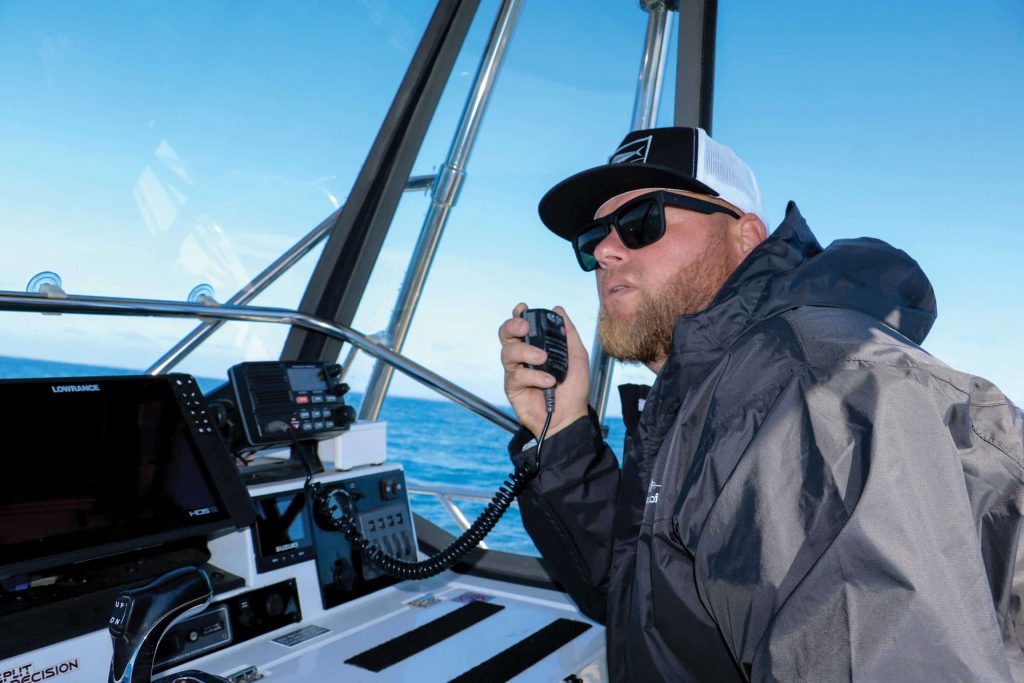
Maritime Communication
AIS and ITU
AIS (Automatic Identification System) is a tracking system used by ships and maritime authorities to identify and locate vessels by electronically exchanging data, including vessel identity, position, course, and speed. It helps enhance maritime safety and security by allowing vessels to "see" each other in real-time, avoiding collisions and assisting in search and rescue operations. The ITU (International Telecommunication Union) is responsible for allocating radio frequencies for AIS and regulating its use to ensure consistent communication globally.
EP, LAT and SAR
In maritime navigation, EP (Estimated Position) is the calculated location of a vessel based on its course, speed, and the time elapsed since the last known position. This estimation plays a vital role in planning routes and making any necessary adjustments to avoid hazards.
LAT (Latitude) and SAR (Search and Rescue) are additional terms relevant to maritime communication. LAT refers to the angular distance of a point on Earth's surface north or south of the equator, measured in degrees. It's essential for determining a ship's position and providing accurate navigational information. SAR operations involve searching for, locating, and recovering people in distress at sea, coordinating between various parties like maritime authorities, coast guards, and nearby vessels.
Log and Chart
A ship's log is a record of various data, including the ship's position, course, speed, and any significant events or observations. Maintaining an accurate log is crucial for navigational safety, regulatory compliance, and providing valuable information in case of an incident or investigation.
A chart is a map specifically designed for marine navigation, showing features like coastlines, water depths, navigational hazards, and aids to navigation such as buoys, lighthouses, and radio beacons. Using up-to-date and accurate charts is essential for ensuring safe and efficient marine transportation.
In conclusion, maritime communication relies on an array of terms, technologies, and practices that facilitate safe and efficient navigation. Familiarity with these concepts is crucial for all personnel engaged in the maritime industry, from ship operators to coast guard authorities.

Miscellaneous Boat Terms
Dock and Moor
Docking and mooring are essential skills for boaters. Docking refers to the process of bringing a boat alongside a dock or pier, while mooring involves securing the boat to a fixed point such as a buoy or anchor. Some common terms associated with docking and mooring include:
- Spring line: A line used to control the boat's movement while docking.
- Stern line: A line attached to the boat's stern, used to secure it to the dock or mooring.
- Bow line: A line attached to the boat's bow, used for docking or mooring.
It's important to properly secure your boat using these lines to prevent accidents or damage.
Bimini
A Bimini is a type of canvas top mounted on a boat to provide shade and sun protection for its occupants. The Bimini is typically supported by a lightweight frame and can be folded or removed when not in use. It's a useful feature, especially for those spending long hours out on the water.
Draft
The draft of a boat refers to the depth of water needed to float it. This measurement is taken from the waterline to the lowest point of the boat's hull, and it's an important factor to consider when navigating shallow waters or passing under low bridges. Boats with a shallow draft can access areas that deeper draft vessels cannot.
Displacement
Displacement refers to the weight of water that a boat displaces when floating. It is equal to the weight of the boat itself, including passengers, fuel, and equipment. In boating, displacement is important when determining the buoyancy and stability of a vessel.
Standing and Sheet
In sailing, the standing rigging and running rigging are crucial components of a sailboat's rig. The standing rigging includes the fixed lines and support structures that hold the mast and sails in place, such as shrouds and stays. The sheet, on the other hand, is part of the running rigging, which comprises the lines that control the movement and shape of the sails. It's essential for sailors to properly maintain and adjust both the standing rigging and the sheets to optimize the boat's sailing performance.

Glossary of Nautical Terms
In the world of boating, there are numerous nautical terms that are essential for anyone who wishes to navigate the waters. This Glossary of Nautical Terms aims to provide a brief yet comprehensive introduction to some of these terms.
A variety of boating terms are used to describe different parts and positions of a boat. Some of the most common ones include:
- Aft: Refers to the back or stern of the boat.
- Amidships: Describes the middle area or the centerline of the boat.
- Abeam: Indicates a position at a right angle to the boat's centerline.
- Bow: Signifies the front section of the boat.
Nautical terms also cover navigational aids and sailing procedures. A few examples are:
- Aids to Navigation: Artificial objects that serve as markers for safe and unsafe waters, supplementing natural landmarks.
- Alee: The side of the boat away from the direction of the wind, opposite of windward.
- Aloft: Refers to anything above the deck of the boat.
- Aback: A sail position where the wind strikes its leeward side.
Sailors and boaters use specific expressions for communication and to draw attention, such as:
- Ahoy: A nautical greeting or exclamation to call attention.
- Belay: An order given to halt a specific action underway.
- Mayday: A distress call signaling life-threatening emergencies.
A complete glossary of nautical terms also extends to weather and various sailing conditions. Here are some examples:
- Beaufort Scale: A scale used to measure wind force based on visual observations of sea conditions.
- Gale: A storm with strong winds between 34 and 47 knots.
- Squall: A sudden, brief, and strong wind accompanied by rain or snow.
In conclusion, this glossary provides a concise introduction to the diverse world of nautical terms, which play a vital role in navigation, sailing, and communication on the water. Whether a seasoned sailor or a novice boater, understanding these terms is key to safely enjoying your time on the water.
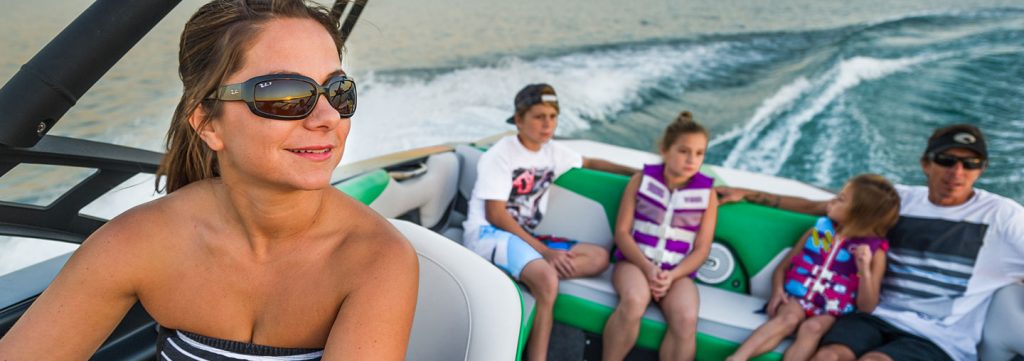
Frequently Asked Questions
What are the main parts of a boat?
The main parts of a boat include the bow (front), stern (rear), port (left side), and starboard (right side). Additional important parts include the hull, which is the main body of the boat, the keel, which provides stability, and the deck, which serves as the flooring. For more details on boat terminology, you can visit this Beginner's Guide to Boat Terminology.
What are some common nautical terms for ships?
Some common nautical terms for ships include abaft (toward the rear of the boat), abeam (at right angles to the keel of the boat), above deck (on the deck), and aloft (above the deck in the rigging). For a more extensive list of nautical terms, check out this Boating Basics Glossary of Nautical Terms.
What are important fishing boat terms?
Important fishing boat terms include transom (the flat surface that forms the stern), gunwales (the top edges of the boat), baitwell (a container for keeping bait alive), and outriggers (poles extending from the boat to stabilize fishing lines). To learn more about fishing boat terms, you can refer to this article on Boating Terms Every Boater Should Know.
What does 'aft' mean in boating?
In boating terminology, 'aft' refers to the rear or back part of the boat or anything situated closer to the stern. This term is used to describe the direction or position of certain objects or places on the boat.
What is the proper term for driving a boat?
The proper term for driving a boat is "piloting" or "helming." The person in charge of controlling the boat's movement is called the "helmsman" or "skipper." They use a steering mechanism, such as a wheel or tiller, to maneuver the boat.
What are some popular boat slang terms?
Popular boat slang terms include "ahoy" (a greeting or call for attention), "galley" (the kitchen area on a boat), "head" (the toilet or bathroom on a boat), and "cleat" (a T-shaped piece of metal used for securing lines). These terms, along with many others, help to create a unique language among boaters and facilitate communication within the boating community.
Charlie is Editor-in-Chief of Sea Magazine